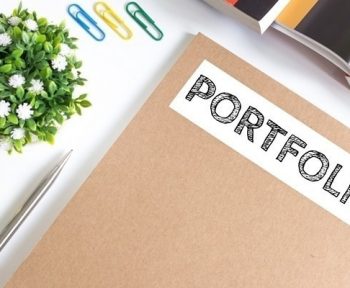Apply by e-mail: how to write it and what to enter?
If you have decided to send your application by e-mail, it’s time to think what to write in the text of the email you will send and, more generally, how to create the email. If you have read our article on how to send your curriculum vitae, you will have understood that sending your CV by email is one of the most used methods by candidates all over the world.
If you attach a cover letter to your resume (if you don’t know how to do it you can find all the necessary answers in the section on how to write a cover letter) you can use part of the content, obviously adapted, to insert it in the body of your email.

Application by e-mail: how to do it
The e-mail address
Let’s get to the point: how to create an e-mail address for your application? What to put in the text?
First of all, let’s start with the basics. The number one and very important rule is to have a professional and serious e-mail address, composed of [email protected] for example.
Better to use a classic name and recognizable, such as name and surname, and avoid like the plague nicknames dating back to remote times of high school or with your date of birth, such as Nuccia1991. No, no and no again!
The subject
The first thing to indicate in your email is the subject. The subject is very important because it indicates the purpose of the email and must therefore be clear. Through the subject you must make it clear what you are looking for, what the purpose of the email is and also what its content is.
At this juncture, better leave your imagination aside! The object must have three qualities: it must be clear, concise and explanatory . Clear because it must not give rise to doubts, concise because it must be as short as possible and explanatory because, despite its conciseness, it must be able to briefly explain or at least give a general idea about the content of the email.
An example of a subject is: ” Reply to job posting as a waiter on Linkedin “.
The form of greeting and courtesy
Depending on the particular situation, you may decide to be more or less formal. The general rule, however, is to be formal, to open emails with a formal greeting and to always use forms of courtesy. Giving your credit is therefore very important, except in some cases, for example, companies with a very youthful philosophy and way of doing things.
We recommend that you contact the person concerned directly, but if you don’t know the name you can use a generic courtesy.
But be careful not to overdo the formality, the risk is to seem exaggerated and pompous!
The body of the mail
Once we have chosen the subject we move on to the body of the mail. In drafting the actual email it is very useful to start by inserting a short presentation of yourself.
Briefly summarize who you are, the highlights of your professional experience and why you are applying for this particular job offer.
The reason may be for example that you found their ad on an announcement, or that you really like the company and its work and that you have decided to apply because you have a lot of interest in that particular sector and to be part of the team.
So try to be concise and at the same time clear and exhaustive to leave no room for doubt.
If you can, don’t be afraid to be original and be yourself too! Companies receive hundreds of applications per month and, in all likelihood, the applications they receive are all the same. Get away from the crowd and prepackaged phrases and have the courage to be honest! We are sure you will impress because sincerity is more and more appreciated.
Conclusion
Don’t forget to include a closing formula in your email. Greetings politely and indicate your availability for an eventual interview.
Finally, leave your telephone contacts after signing up. If you have a well-maintained Linkedin profile or a website, insert them with the links, they will surely give a professional impression.
Attachments
Don’t forget to insert the most important thing, the attachments! How many times, in a hurry, do we send an email forgetting to attach the files we want to send? Avoid making this mistake that could cost you a great opportunity and re-read your email not once but twice, three times, checking that the attachments have loaded.
Insert a polite form to point out the presence of attachments, for example, “For further information, you can find attached a copy of my Curriculum Vitae”.
![Resume Email Sample [How to Email a Resume] | Resume Pilots](https://chocorgi.net/wp-content/uploads/2020/12/resume-email-sample-template_700x700.jpg)
Follow up
Finally, if you receive a reply to your email , reply immediately! Do not put off and do not let yourself wait a few days, for fear of appearing “desperate”. Remember that in the meantime another candidate could steal the job and win for speed!
Contact the company now and prove yourself motivated and quick in this situation.
Tips for writing a good mail
If you follow the proposed model, we are sure that you will be able to create a professional and impactful email, which is not just a copy and paste of many other applications but which is also original. To conclude, we can therefore state that the email to send the curriculum can be similar to the cover letter in terms of content, but it must be much more concise and fluent because it does not want to be repetitive or too long for those involved in selecting candidates.




